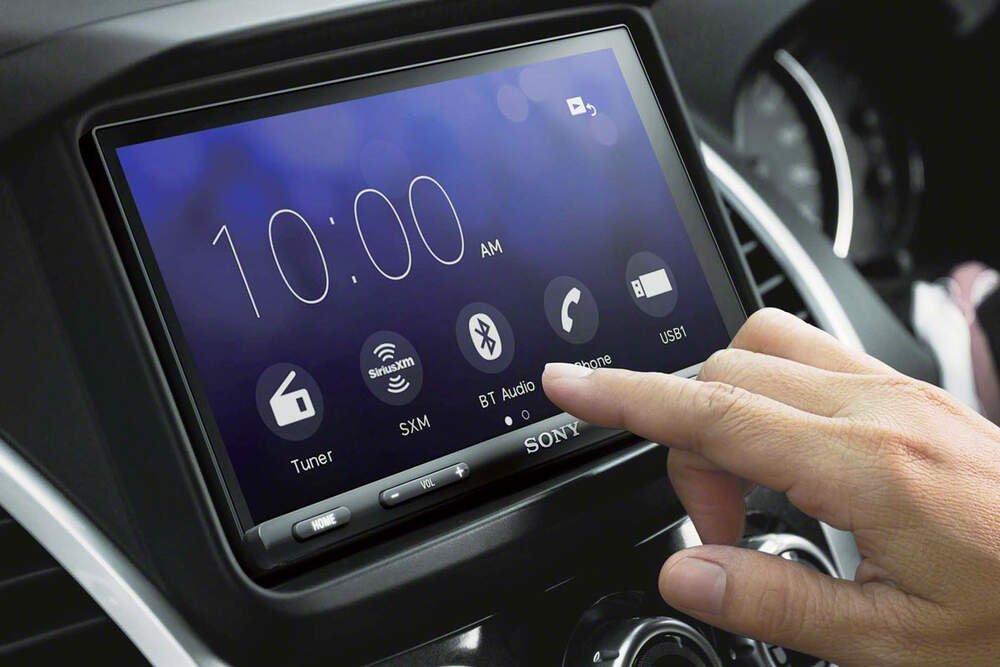Why does your car touch screen stop working after a simple cleaning session? It’s a question that leaves many drivers puzzled and frustrated. The straight answer is this: moisture, residue from cleaning products, physical damage, and calibration issues are the primary culprits behind this common problem. Despite our best efforts to maintain our vehicles, a seemingly innocuous cleaning routine can inadvertently disrupt the delicate balance of the touch screen’s functionality. As someone who takes pride in keeping my car immaculate, I’ve encountered this issue firsthand and understand the frustration it can cause. However, with a deeper understanding of the reasons behind the problem and the appropriate solutions, we can navigate through this inconvenience and restore our car’s touch screen to its optimal state. Let’s delve into each potential cause and explore effective strategies to address them, ensuring that your next cleaning session leaves your touch screen functioning flawlessly.
My Experience
As an avid car enthusiast who values a clean and organized vehicle, encountering a malfunctioning touch screen after a routine cleaning session has been both disappointing and inconvenient. It’s disheartening to encounter issues with a component that’s become integral to modern driving experiences. Through personal trials and research, I’ve gained valuable insights into the reasons behind this frustrating occurrence. Despite taking precautions, I’ve learned firsthand how moisture infiltration, residue from cleaning products, accidental physical damage, and calibration disruptions can disrupt the seamless operation of a car’s touchscreen. However, these experiences have also equipped me with knowledge on how to effectively address these issues and restore the touch screen’s functionality. By sharing my experiences, I hope to assist others in navigating through similar challenges and preserving the optimal performance of their car’s touch screen.
Reasons Behind the Problem
- Moisture Damage: One common reason for a non-responsive touch screen after cleaning is moisture infiltration. Despite our best efforts to be cautious, water or cleaning solution can seep into the sensitive components of the touch screen, causing electrical disruptions. Even a small amount of moisture can interfere with the screen’s capacitive touch technology, leading to erratic behavior or complete unresponsiveness.
- Cleaning Products Residue: Using improper cleaning products or leaving behind residue can also hinder the touch screen’s functionality. Some cleaners contain harsh chemicals that may damage the screen’s surface or leave a sticky film behind, interfering with touch sensitivity. Even seemingly benign products like glass cleaners can leave streaks or residues that affect the screen’s responsiveness.
- Physical Damage: While cleaning, it’s easy to accidentally apply excessive pressure or scratch the screen with abrasive materials, leading to physical damage. Cracks, scratches, or dents can impair the touch screen’s ability to register input properly, resulting in malfunctioning or non-working areas. Additionally, mishandling cables or connectors during cleaning can cause internal damage, further exacerbating the issue.
- Calibration Issues: Touch screens rely on precise calibration to accurately interpret touch inputs. Cleaning processes involving wiping or spraying can inadvertently disrupt this calibration, causing the touch screen to misinterpret touches or fail to respond altogether. Calibration errors may manifest as delayed responses, inaccurate touch tracking, or complete unresponsiveness.
Solutions to Resolve the Issue
- Drying Out: If moisture is the culprit behind your touch screen woes, allow the affected areas to dry thoroughly before attempting to use the screen again. Park your car in a well-ventilated area with ample airflow, or use a gentle stream of air from a fan or hairdryer (set to cool) to expedite the drying process. Avoid applying heat directly to the screen, as excessive heat can cause further damage.
- Gentle Cleaning: When cleaning your car’s touch screen, opt for gentle, non-abrasive cleaning products specifically formulated for electronic screens. Microfiber cloths are ideal for wiping away dust and fingerprints without scratching the surface. Avoid using excessive force or abrasive materials that could damage the screen or disrupt its functionality.
- Calibration Reset: If you suspect calibration issues, try resetting the touch screen’s calibration settings to default. Refer to your car’s user manual or contact the manufacturer for instructions on how to perform a calibration reset. This process may vary depending on the make and model of your vehicle but typically involves accessing the touch screen’s settings menu and selecting the calibration option.
- Professional Inspection: If all else fails, consider seeking assistance from a professional technician or contacting the manufacturer’s customer support for further guidance. They can assess the extent of the damage, perform repairs if necessary, or recommend appropriate solutions based on your specific situation. Attempting DIY repairs without the necessary expertise may worsen the problem and void any existing warranties.
Conclusion
Encountering a non-working car touch screen after cleaning can be frustrating, but understanding the underlying reasons and implementing appropriate solutions can help resolve the issue effectively. By avoiding excessive moisture, using gentle cleaning techniques, and addressing calibration issues promptly, you can keep your car’s touch screen in optimal condition and enjoy seamless functionality for years to come. Remember to exercise caution and seek professional assistance if needed to ensure the best outcome for your vehicle’s touch screen.









